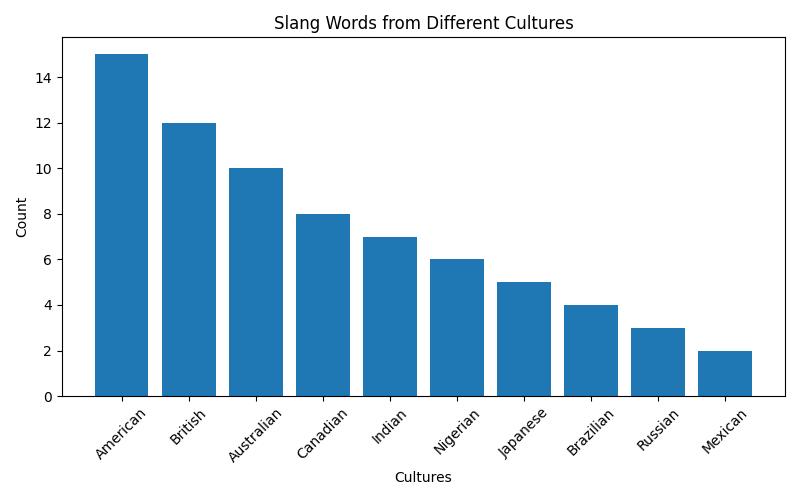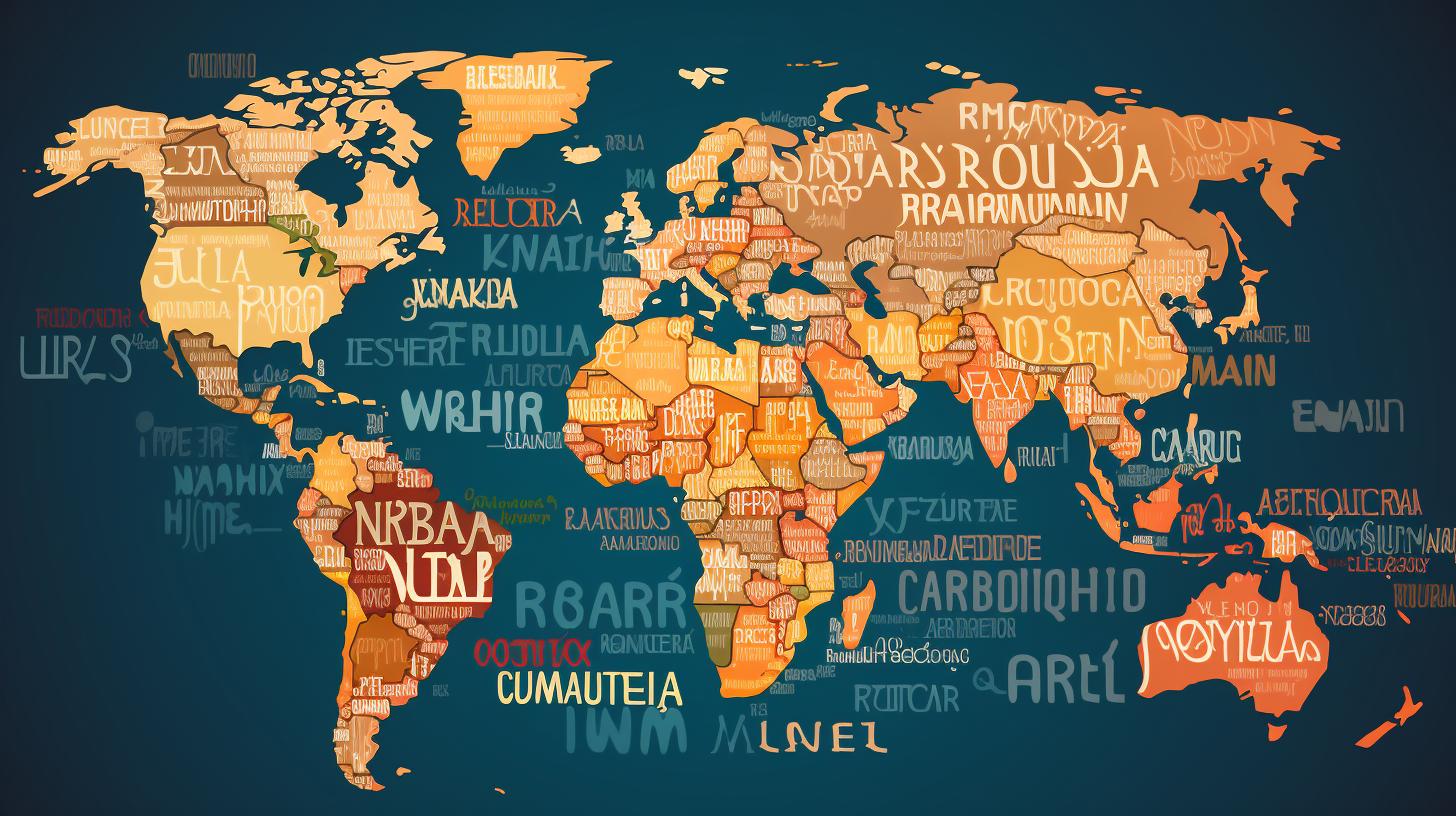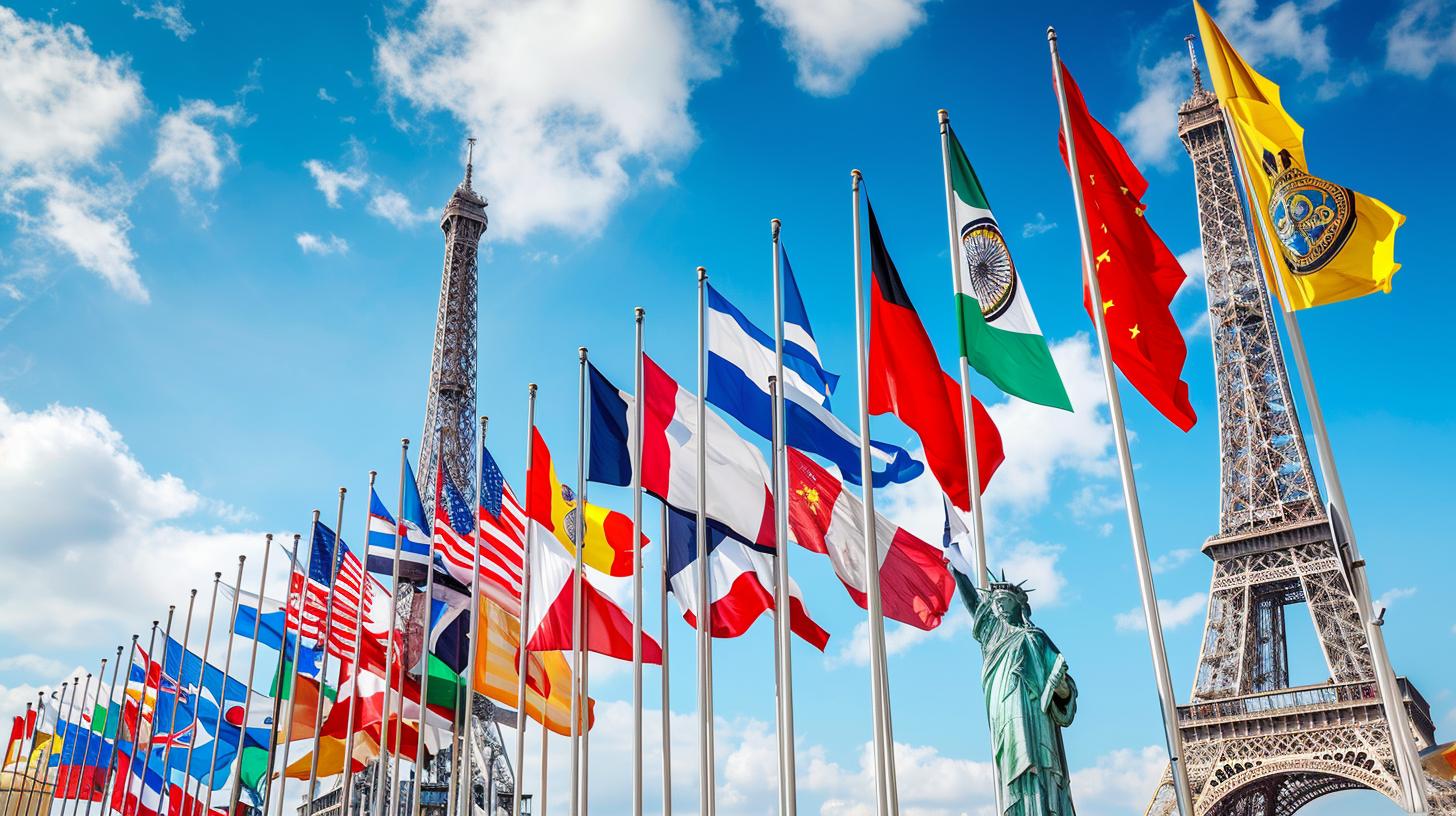Are you struggling to understand the slang used by people from different cultures? As the world becomes more connected, multicultural dating is becoming more common. However, dating someone from a different culture can present unique challenges, including understanding cultural slang. In this guide, we will explore the importance of cultural slang in multicultural dating and provide tips for navigating it with ease and confidence.
What is Cultural Slang?

Definition of Cultural Slang
Cultural slang refers to the informal language used by a specific cultural group. It often includes words and phrases that are not commonly used in standard language and may have different meanings or connotations. Cultural slang can be used to express identity, belonging, and shared experiences within a cultural group.

Examples of Cultural Slang
Cultural slang can vary widely depending on the cultural group. For example, African American English (AAE) slang includes terms like “lit” (meaning exciting or fun) and “fam” (meaning family or close friends). Latinx slang includes words like “chisme” (meaning gossip) and “papi” (meaning daddy or attractive man). Asian American slang includes terms like “bae” (meaning significant other) and “fam” (used similarly to AAE slang). LGBTQIA+ slang includes words like “yas” (meaning yes, often used to express excitement or agreement) and “tea” (meaning gossip or information).
Characteristics of Cultural Slang
Cultural slang often has unique characteristics that distinguish it from standard language. It may include abbreviations, acronyms, or words borrowed from other languages. It may also incorporate references to popular culture, music, or social media. Cultural slang can be difficult for outsiders to understand, as it often requires familiarity with the cultural group and its experiences.
Importance of Cultural Slang in Multicultural Dating
- Cultural slang is the use of language and phrases unique to a particular culture or group of people.
- Understanding cultural slang is important for effective communication in multicultural settings, as it can help promote inclusive and genuine connections.
- Tips for navigating cultural slang in multicultural communication include asking for clarification, using resources to learn cultural slang, being open-minded and patient, and avoiding cultural stereotypes and generalizations.
The Role of Cultural Slang in Communication
Benefits of Understanding Cultural Slang
Understanding cultural slang is critical for effective communication in multicultural settings. It can help you connect with people from different cultural backgrounds, express empathy and understanding, and build trust and rapport. By understanding cultural slang, you can avoid misunderstandings, show respect for other cultures, and promote inclusivity and diversity.
Challenges of Understanding Cultural Slang
However, understanding cultural slang can be challenging, especially for those who are not familiar with the cultural group. Cultural slang may have different meanings or connotations depending on the context, and it can be difficult to keep up with new slang terms as they emerge. Additionally, cultural slang can reinforce stereotypes and perpetuate cultural misunderstandings if not used appropriately.

Cultural Slang in Different Cultures
African American English (AAE) Slang
Origins and History of AAE Slang
AAE slang has its roots in African American culture and has been used for centuries as a way for African Americans to express their identity and experiences. AAE slang has been heavily influenced by African American Vernacular English (AAVE), which developed during the era of slavery and has evolved over time to reflect the experiences of African Americans in the US.
Examples of AAE Slang
Some examples of AAE slang include “lit” (meaning exciting or fun), “fam” (meaning family or close friends), and “woke” (meaning socially aware or politically active).
Appropriate Contexts for Using AAE Slang
AAE slang is appropriate to use within the African American community, but it may not be appropriate to use in formal or professional settings.
Latinx Slang
Origins and History of Latinx Slang
Latinx slang has its roots in Latin American culture and has been influenced by Spanish, English, and other languages. Latinx slang is diverse and can vary widely depending on the country of origin and the cultural group.
Examples of Latinx Slang
Some examples of Latinx slang include “chisme” (meaning gossip), “papi” (meaning daddy or attractive man), and “mamacita” (meaning attractive woman).
Appropriate Contexts for Using Latinx Slang
Latinx slang is appropriate to use within the Latinx community, but it may not be appropriate to use in formal or professional settings.
Asian American Slang
Origins and History of Asian American Slang
Asian American slang has its roots in Asian American culture and has been influenced by English and other languages. Asian American slang is diverse and can vary widely depending on the country of origin and the cultural group.
Examples of Asian American Slang
Some examples of Asian American slang include “bae” (meaning significant other), “fam” (used similarly to AAE slang), and “savage” (meaning cool or impressive).
Appropriate Contexts for Using Asian American Slang
Asian American slang is appropriate to use within the Asian American community, but it may not be appropriate to use in formal or professional settings.
LGBTQIA+ Slang
Origins and History of LGBTQIA+ Slang
LGBTQIA+ slang has its roots in LGBTQIA+ culture and has been influenced by various languages and subcultures. LGBTQIA+ slang is diverse and can vary widely depending on the community and context.
Examples of LGBTQIA+ Slang
Some examples of LGBTQIA+ slang include “yas” (meaning yes, often used to express excitement or agreement), “tea” (meaning gossip or information), and “drag” (referring to drag queens or the act of performing in drag).
Appropriate Contexts for Using LGBTQIA+ Slang
LGBTQIA+ slang is appropriate to use within the LGBTQIA+ community, but it may not be appropriate to use in formal or professional settings.
| Tips for Navigating Cultural Slang in Multicultural Communication | Importance | Strategies |
|---|---|---|
| Ask for Clarification | Avoid misunderstandings, show respect for the cultural group | Be respectful and non-judgmental, ask questions like “Can you explain what that term means?” or “I’m not familiar with that phrase, can you help me understand?” |
| Use Resources to Learn Cultural Slang | Expand knowledge, improve communication | Utilize online resources like websites and social media, read books or articles by experts in the cultural group |
| Be Open-Minded and Patient | Promote inclusivity, respect cultural differences | Practice active listening, avoid stereotypes and generalizations, approach cultural slang with a willingness to learn |
| Avoid Cultural Stereotypes and Generalizations | Respect cultural differences, avoid harmful assumptions | Educate yourself about the cultural group, avoid making assumptions, be respectful of cultural differences |

Tips for Navigating Cultural Slang in Multicultural Communication
Ask for Clarification
Importance of Asking for Clarification
If you are unsure about the meaning of a slang term, it is important to ask for clarification. This can help you avoid misunderstandings and show respect for the cultural group.
How to Ask for Clarification
When asking for clarification, it is important to be respectful and non-judgmental. You can ask questions like “Can you explain what that term means?” or “I’m not familiar with that phrase, can you help me understand?”
Use Resources to Learn Cultural Slang
Online Resources
There are many online resources available for learning cultural slang, including websites, social media, and blogs. You can also use online translation tools to help you understand slang terms in different languages.
Books and Other Publications
Books and other publications can also be a valuable resource for learning cultural slang. Look for books or articles written by experts in the cultural group, or that focus specifically on the slang of that culture.
Be Open-Minded and Patient
Importance of Being Open-Minded and Patient
Learning cultural slang requires an open mind and patience. It is important to approach cultural slang with a willingness to learn and a respect for the cultural group.
Strategies for Being Open-Minded and Patient
Some strategies for being open-minded and patient include practicing active listening, avoiding stereotypes and generalizations, and being respectful of cultural differences.
Avoid Cultural Stereotypes and Generalizations
Importance of Avoiding Cultural Stereotypes and Generalizations
Cultural stereotypes and generalizations can be harmful and disrespectful. It is important to avoid making assumptions about a cultural group based on their use of slang.
Strategies for Avoiding Cultural Stereotypes and Generalizations
Some strategies for avoiding cultural stereotypes and generalizations include educating yourself about the cultural group, avoiding making assumptions, and being respectful of cultural differences.
Personal Story: The Importance of Clarification
When I first started dating my partner, who is African American, I found myself struggling to understand some of the slang he would use in conversation. One day, he used the phrase “throwing shade” and I was completely lost. I didn’t want to appear ignorant or offend him by asking for clarification, so I just smiled and nodded along.
Later that day, we ended up in a small argument because I misunderstood what he meant by “throwing shade.” I had assumed he was being critical of me, when in reality he was just making a joke. We eventually cleared up the miscommunication, but it made me realize how important it is to ask for clarification when you are unsure of what someone means.
From then on, I made a conscious effort to ask my partner to explain any slang or phrases that I didn’t understand. Our communication improved greatly and I felt more confident in our conversations. It also showed my partner that I was willing to learn and understand his unique cultural slang, which helped strengthen our relationship.
I learned that asking for clarification is not a sign of weakness or ignorance, but rather a way to show respect and genuine interest in understanding someone’s communication style.
Conclusion
Understanding cultural slang is critical for effective communication in multicultural settings. By following the tips provided in this article, you can navigate cultural slang with ease and confidence. Embracing cultural diversity and learning about the unique slang of different cultures can help promote inclusive, genuine connections in communication. Whether you are dating someone from a different culture or simply interested in learning more about cultural slang, taking the time to understand its nuances can be a valuable and enriching experience. For more information on cultural etiquette and dating customs, check out these links: /cultural-etiquette/social-customs/, /cultural-etiquette/greetings/, /cultural-etiquette/compliments-across-cultures/, /cultural-etiquette/cultural-expectations/, /cultural-etiquette/courtship-traditions/, /dating-customs/cultural-norms/, /dating-customs/cultural-expressions-of-affection/, /category/cultural-etiquette/, /expert-advice/cultural-sensitivity/, /dating-customs/politeness/.




